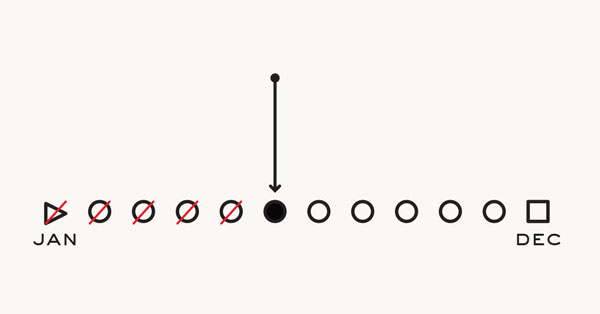Men are great. Men do great things. They build bridges, cure diseases, and go to space. In retrospective, that sounds a little misogynistic. Let's just clear the air right now, I love women.
I love the way they look, the way they walk, the way they smell, the way they nag me to get off my backside and work on the house. Actually, I'm not a huge fan of that last one but it's part of the package deal. What I'm trying to say is that at some point in our lives we all have had women that we love, be them mothers, wives, sisters, girlfriends. And while this is a magazine for men who want to be better men, that doesn't me we can just ignore the contributions of great women that you have never heard of.
It is through the work of great men, like Charles Babbage and Alan Turing, that the computer that you are sitting in front of even exists. Without software it would just sit there and be useless for anything other than as a very expensive paper weight. Software is the computer's operating system, your web browser, your spreadsheets for when you're working, and your solitaire games when you're supposed to be working but your boss is not around. To say that you have never of heard this great woman is a lie, I mentioned her in conjunction with Charles Babbage, but she deserves a post of her own for her contributions. I humbly submit for your consideration, Lady Ada Lovelace, the first computer programmer.
Ada Lovelace, born on December 10, 1815, was the only child of the poet Lord Byron and Anne Isabella “Annabella” Milbank. On January 16, 1816, Byron and his wife separated. She moved to her parents home at Kirkby Mallory, taking one-month old Ada with her. Lord Byron officially signed the Deed of Separation on April 21, 1816 and left England a few days later. Ada did not have a relationship with her father and he died in 1824, in Greece, when she was nine.
As a child, Lovelace was often ill. When she was eight, she experienced major headaches. In June of 1829, she caught the measles and was bed-ridden for almost a year. Throughout her illnesses, Ada continued her education. She was taught mathematics and science from an early age. By the age of seventeen her exceptional mathematical abilities began to emerge. Her love of math stayed with her even after she got married.
On June 15, 1833, Mary Somerville, one of her tutors, introduced her to Charles Babbage. She also became acquainted with Sir David Brewster, Charles Wheatstone, Charles Dickens, and Michael Faraday, but they are another story for another time.
On July 8, 1835, she finally settled down and married William King, 8th Baron King who later became the 1st Earl of Lovelace in 1838. Lady Ada's full title became “The Right Honourable the Countess of Lovelace”. They, along with their three children: Byron, Anne Isabella and Ralph Gordon lived on a large estate in Ockham, Surrey with another estate and home in London.
Ada Lovelace met and corresponded with Charles Babbage both socially and in relation to his difference and analytical engines. It was this friendship that spurred Lovelace to translate Italian mathematician Luigi Menabrea's memoir about the analytical engine. It took her nine months to translate, from 1842 to 1843. She then added on notes to the translation. Her notes were longer than the actual memoir. The notes included, in complete detail, a method of calculating Bernoulli numbers with the engine. If the analytical engine had actually been built, and Lady Ada's program would have run correctly, it is due to this work that Ada Lovelace is widely credited as the first computer programmer.
As with any historical contribution, there is some controversy surrounding this as well. The controversy is over whether Lovelace wrote the program or whether Babbage wrote it and Lady Lovelace just amended it.
Lady Ada Lovelace died on November 27, 1852 at the age of 36 from uterine cancer and bloodletting by her physicians. She was buried, at her request, next to her father at the Church of St. Mary Magdalene in Hucknall, Nottingham. Here legacy lives on, March 24 is widely recognized as Ada Lovelace Day. This is a day to celebrate the achievements of women in science and technology.
So the next time you are at the pub, in the cafeteria, or even by yourself, call for some quiet, and raise a glass of your preferred beverage to Lady Ada Lovelace, the first computer programmer.
















